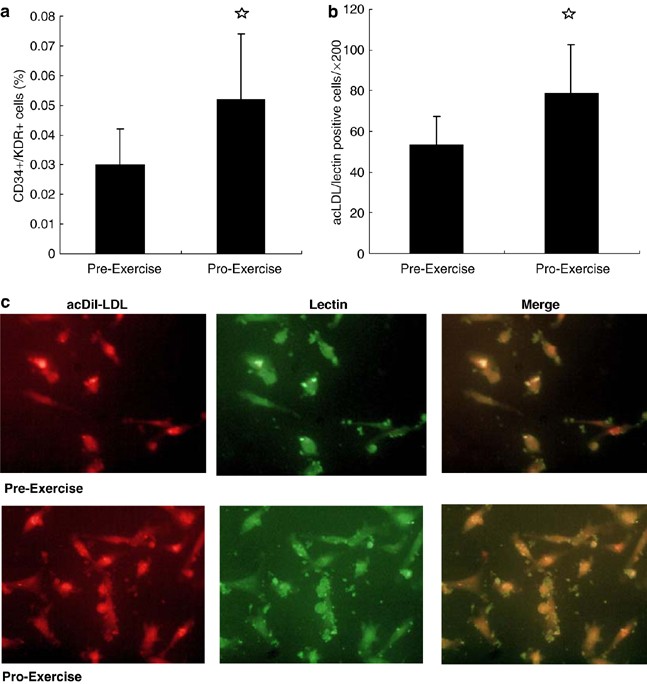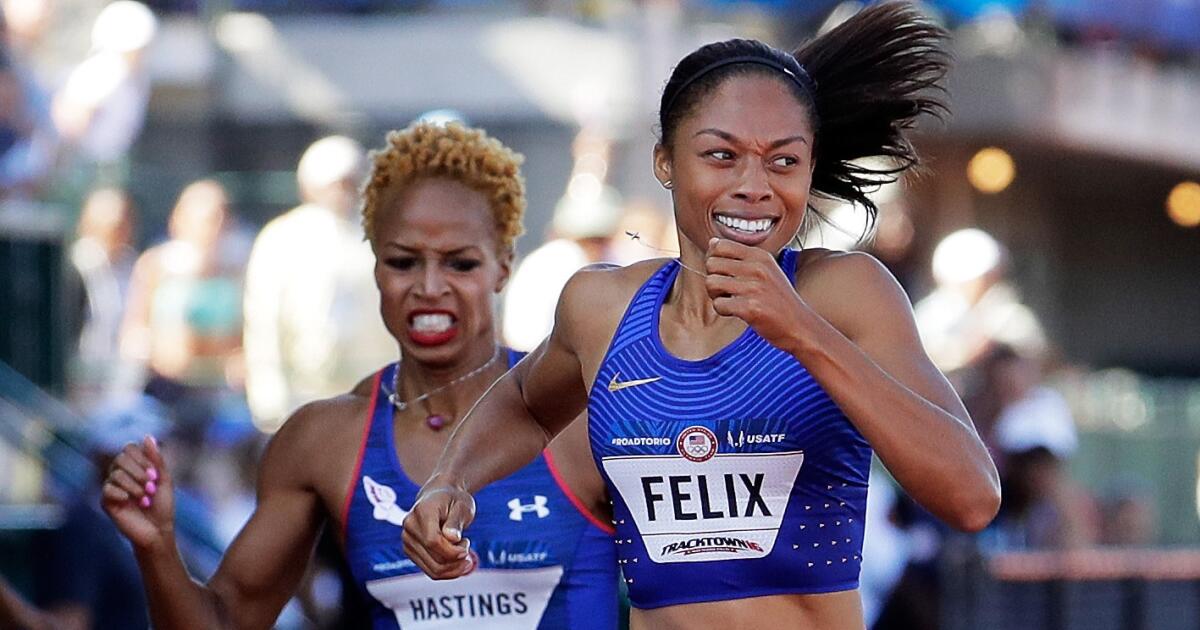
- Select a language for the TTS:
- UK English Female
- UK English Male
- US English Female
- US English Male
- Australian Female
- Australian Male
- Language selected: (auto detect) - EN
Play all audios:
Exercise has been proved to promote the number and activity of circulating endothelial progenitor cells (EPCs) in humans, which contributes to improvement in endothelial function and
maintenance of cardiovascular homoeostasis. However, the mechanism underlying the effect of exercise on circulating EPCs in healthy subjects is not completely understood. Here, we
investigated whether the regulation of acute exercise on circulating EPCs is associated with nitric oxide (NO), vascular endothelial growth factors (VEGF) and granulocyte macrophage colony
stimulating factor (GM-CSF) known to modulate circulating EPCs in healthy subjects. A total of 16 healthy male volunteers underwent a modified Bruce treadmill acute exercise protocol. The
number and activity of circulating EPCs, as well as the levels of NO-VEGF and GM-CSF in plasma and culture medium before and after exercise in healthy subjects were measured. The number and
activity of circulating EPCs after acute exercise were significantly higher than those before exercise in healthy subjects. In parallel, acute exercise significantly enhanced plasma NO level
in healthy subjects. There is a significant linear regression relationship between the enhanced plasma NO level and increased number or activity of circulating EPCs. However, no change of
plasma VEGF and GM-CSF level was observed after acute exercise. The secretion of NO-VEGF and GM-CSF by cultured EPCs remained unchanged in response to acute exercise. The present study
demonstrates for the first time that acute exercise-induced NO production contributes to upregulation of circulating EPCs in healthy subjects, which suggests that NO plays an important role
in the regulation of exercise on circulating EPCs.
This work was financially supported by National Nature Science Foundation of China (Project Nos: 30270370, 30470475) for scientific research. We thank Professor Wu-Teacher Feng and Dr Huang
of Immunology Department of Sun Yat-Sen University for providing experimental instruments and instruction of ELISA method.
Z Yang and J-M Wang: These authors contributed equally to this work.
Department of Cardiology, The First Affiliated Hospital, Sun Yat-Sen University, Guangzhou, China
Anyone you share the following link with will be able to read this content:






